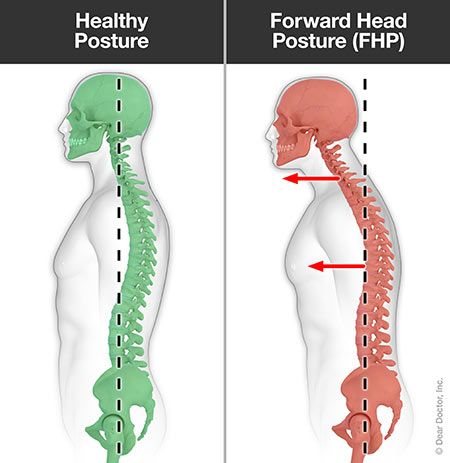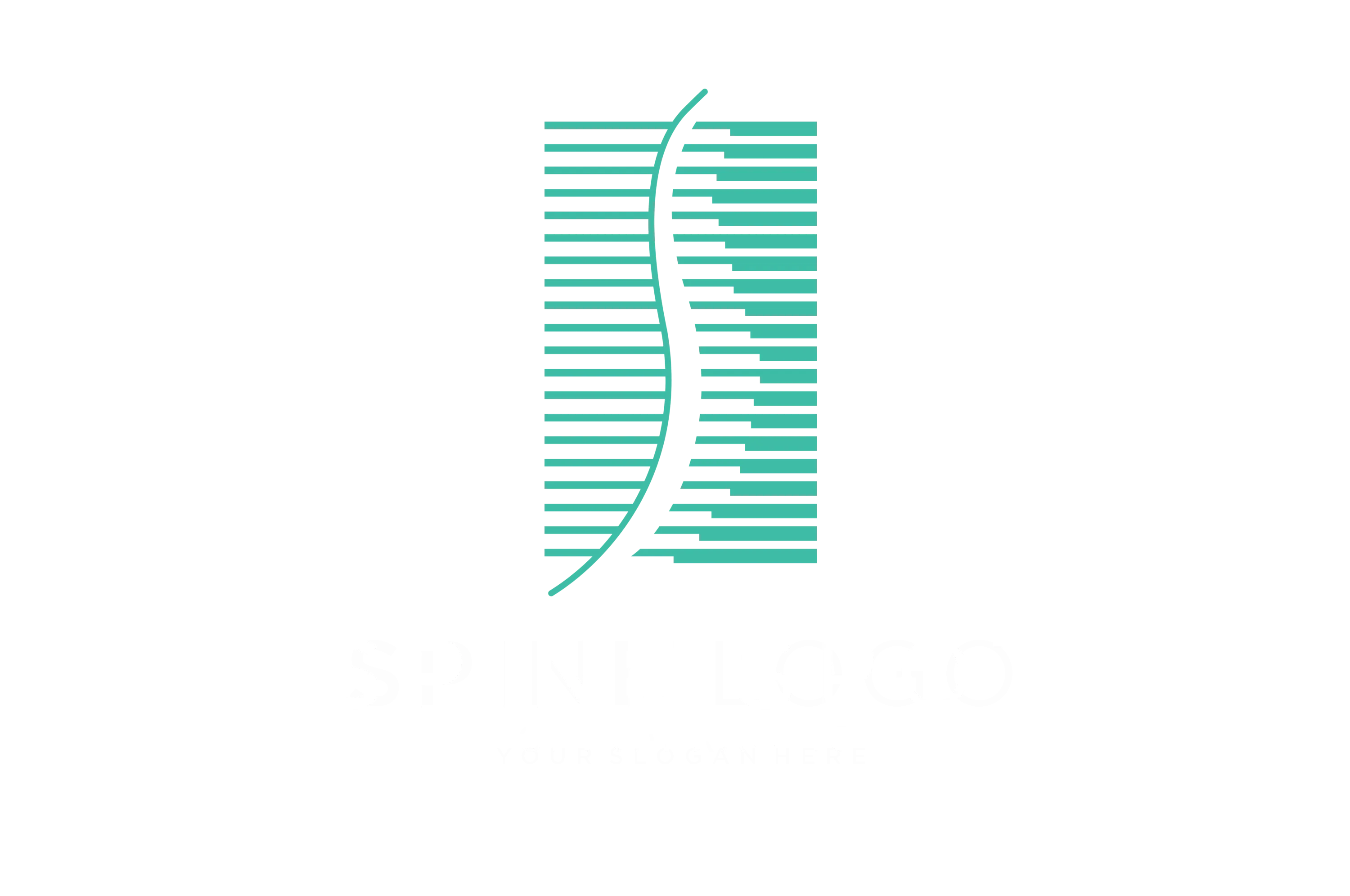 Understanding Forward Head Posture and Chiropractic Care
Understanding Forward Head Posture and Chiropractic Care
Forward head posture is a common condition characterized by the positioning of the head and neck, where the head protrudes forward in relation to the shoulders. This can lead to a range of musculoskeletal issues affecting the spine and overall posture. It is important to recognize the impact of forward head posture and understand how chiropractic care can assist in correcting this condition.
What is Forward Head Posture?
Defining the condition
Forward head posture, often abbreviated as FHP, refers to the positioning of the head where it juts forward in relation to the shoulders. This can result in an increased strain on the muscles and ligaments in the neck and back region, causing discomfort and potential long-term issues.
Causes of forward head posture
Poor posture, prolonged periods of sitting, excessive use of electronic devices, and improper alignment of the spine can all contribute to the development of forward head posture. These factors place strain on the neck and back, leading to the misalignment of the spine and the positioning of the head in an unnatural forward manner.
Effects on spinal health
Forward head posture can have a detrimental impact on spinal health, as it alters the natural curvature of the cervical spine. This can lead to issues such as chronic neck pain, decreased mobility, and even degenerative changes in the spine over time, if left unaddressed.
How Can Chiropractic Care Help Correct Forward Head Posture?
Benefits of chiropractic care
Chiropractic care offers a non-invasive and holistic approach to addressing musculoskeletal issues, including forward head posture. Through chiropractic adjustments and targeted treatments, individuals can experience relief from discomfort and work towards restoring proper alignment and posture.
Spinal manipulation techniques
Chiropractors utilize spinal manipulation techniques to realign the spine and alleviate the effects of forward head posture. By applying controlled force to specific joints, chiropractors can help improve spinal function and reduce the strain on the neck and back.
Exercises for posture correction
In addition to spinal adjustments, chiropractors may recommend specific exercises to strengthen the muscles and ligaments supporting the neck and back. These exercises aim to promote better posture and alignment, aiding in the correction of forward head posture.
Understanding the Importance of Posture Correction
Impact of poor posture
Poor posture can significantly impact overall health and wellbeing, as it places undue stress on the body's musculoskeletal system. This can lead to discomfort, reduced mobility, and an increased risk of developing chronic conditions related to spinal misalignment.
Role of chiropractors in posture correction
Chiropractors play a crucial role in addressing and correcting poor posture, including forward head posture. Through their expertise in spinal health and alignment, chiropractors can guide individuals towards achieving and maintaining good posture, fostering improved musculoskeletal function.
Spinal alignment and good posture
Proper spinal alignment is essential for maintaining good posture and supporting overall health. Chiropractors emphasize the significance of spinal health in relation to posture, highlighting the interconnected nature of the body's structural framework.
Exercises to Correct Forward Head Posture
Posture correction exercises
Engaging in posture correction exercises, as recommended by chiropractors, can aid in correcting forward head posture. These exercises focus on strengthening the muscles supporting the neck and back, as well as promoting proper alignment and positioning of the head and neck.
Positioning and alignment for neck health
Conscious attention to positioning and alignment of the head and neck is essential for promoting neck health and preventing the development of forward head posture. Individuals are encouraged to be mindful of their posture, particularly when engaging in activities that may contribute to poor positioning of the head.
Preventing text neck through exercise
The prevalence of "text neck," a condition resulting from prolonged use of smartphones and electronic devices, highlights the importance of integrating exercises aimed at preventing the adverse effects of poor neck positioning. Regular exercise and ergonomic practices can help mitigate the impact of modern-day habits on neck health.
Preventing Degeneration and Chronic Neck Pain
Understanding cervical spine curvature
The curvature of the cervical spine plays a vital role in supporting the head and facilitating movement. Correcting forward head posture is essential in preserving the natural curvature of the cervical spine and preventing degenerative changes.
Correlation between forward head posture and chronic neck pain
There is a clear correlation between forward head posture and the onset of chronic neck pain. Addressing the underlying postural issues through chiropractic care and corrective measures can help mitigate the risk of prolonged discomfort and musculoskeletal strain.
Strategies to prevent degeneration through good posture
Maintaining good posture, with the guidance of chiropractic care, is a proactive strategy to prevent degeneration and chronic neck pain associated with forward head posture. By addressing the root cause of postural misalignment, individuals can work towards preserving spinal health and overall wellbeing.
What is Forward Head Posture?
Good posture does more than make you look confident. Maintaining and practicing good posture is key in the prevention of added stress on your bones, muscles, and ligaments. Posture is something chiropractors are keenly aware of because of the many ways poor posture can affect your well-being.
Forward head posture (FHP) is what it sounds like—when you carry your head in front of your shoulders instead of directly in line with your spine. It can set off a cascade of postural no-no’s that can strain your muscles and cause pain.
If you want to know if you are among the majority of adults who have a forward head posture, here’s a simple test:
- Stand with your head and back against the wall.
- Place your heels against the wall.
- Put as many fingers as you can between the wall and the back of your head.
If you can fit at least three fingers between your head and the wall, then you may have a forward head posture. As we look down at our computers and handheld devices, it’s easy to see how FHP can develop, but you may not know the implications for your body.
Forward Head Posture’s Domino Effect
When you move your head forward, it pulls your shoulders forward too, rounding them forward. That, in turn, pulls on your upper back, curving your spine more than it should. People end up in an abnormally hunched position with too much curvature of the thoracic spine (hyperkyphosis).
When your head is in the upright position, it keeps your neck stretched and elongated. But when your head habitually leans forward, the muscles at the base of the skull become shortened. The shortened muscles pull on the skull and can create headaches. At this point, your spinal alignment is way off-kilter.
FHP can exert up to five times more force on the neck than when you carry your head correctly. Much of that stress is transferred from the cervical vertebrae to muscles that weren’t meant to support it. The pressure can trigger headaches or reduce your ability to rotate and tilt your neck.
But wait, there’s more. Many of us have more than a touch of what’s called “nomophobia,” which is an irrational fear of being without our phones. Cell phones are a weight around our neck, so to speak, since most of us spend hours each day looking down at them. That posture may affect our mood as well as our physical health. Research shows that slumping can make us feel more depressed, while good posture has positive effects. Good posture radiates confidence, even when we don't feel confident—and having good posture has been shown to actually increase our feelings of confidence, which could have an impact on our chances of success!
What is good head posture? If you think of keeping your head level and your earlobes in line with your shoulders, you’ll be on the right path.
How Chiropractors Can Help You With Forward Head Posture
Chiropractors are specially trained to understand the biomechanics of body structure and function and how these are affected by posture. If we detect forward head posture, we can adjust the cervical spine using precise, controlled movements or instruments to help bring you back into alignment. We can also recommend stretches, exercises, and/or devices to help you achieve your posture goals. Once we’ve got you there, we will go over important lifestyle modifications that will keep you from sinking into FHP again.
Forward head posture can be reversed with exercise, attention, and practice. Here are some exercises you can try after consulting a chiropractor so you know how to do them properly:
- Tuck and retract your chin.
- Stretch your pecs.
- Stretch your rhomboids—the back muscles that connect the shoulder blade to the spinal column.
- Try motion control exercises (MCEs), such as yoga, Pilates or tai chi.
Your chiropractor can also suggest lifestyle changes to counteract FHP, which may include the following:
- Pull your chest up when you sit.
- Keep your computer or device at eye level so that your gaze hits the top third of the screen.
- Use a chair with a headrest that allows your head to be flush against it.
- If you work sitting down, get up and stretch every 20 to 30 minutes.
- Try a cervical pillow, which supports the natural curve of the head and neck.
It will take you a while to break old habits and change longstanding postural problems like FHP. Your joints have adapted to the posture, and you’ll have to retrain them as well as your brain. Conscious awareness of your FHP will help you correct yourself until it becomes natural. Consider asking your chiropractor about FHP and how to head off pain and reduce the risk of injury.
More Conditions Treated
- Common Chiropractic Conditions
- Tennis Elbow
- Thoracic Outlet Syndrome
- TMJ
- Wrist Pain
- Scoliosis
- Spinal Stenosis
- Strains & Sprains
- Tech Neck/ Text Neck
- Tendonitis
- Pinched Nerve
- Sciatica
- Neck Pain
- Neuropathy
- Osteoarthritis
- Pregnancy Pain
- Joint Pain
- Mid/Upper Back Pain
- Posture Problems
- Golf Elbow
- Introduction to Common Conditions
- Plantar Fasciitis
- Forward Head Posture
- Lower Back Pain
- Pitcher's Elbow
- Fibromyalgia
- Hip Pain
- Knee Pain
- Carpal Tunnel Syndrome
- Dizziness & Vertigo
- Headache & Migraine
- Ear & Sinus Pain
- Degenerative Disc Disease
- Back Pain
- Bulging & Herniated Disc



